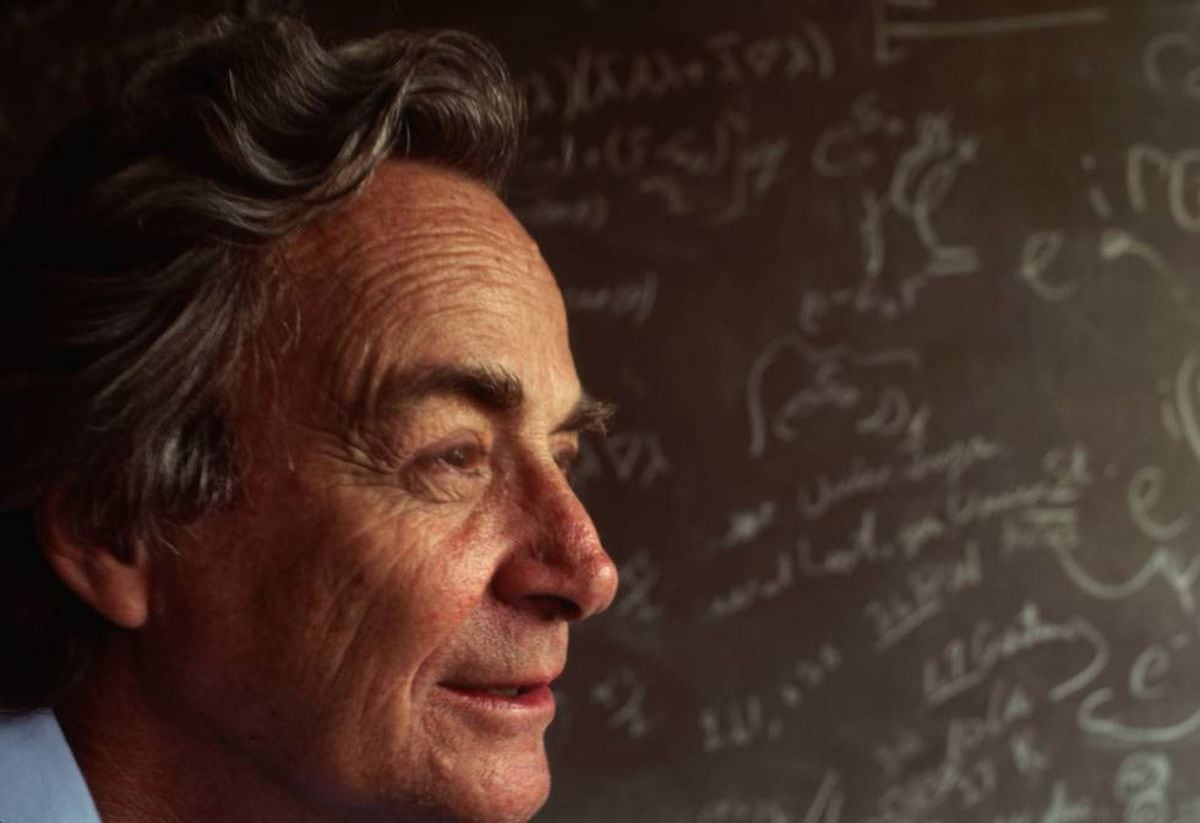When it comes to teaching, his presentation was absolutely amazing. From the moment he walked into the classroom, Richard B. Each of them had a number.
To give more prominence to his interventions, he used curved and straight lines which he represented graphically, and sketches containing in themselves the elegance and simplicity of a work of art stripped of everything superfluous; Creativity based on science, but its aesthetic appeal encouraged imagination. If we want to get an idea of how educational Feynman could be in his classes, the best we can do is read his book entitled Six easy pieces (Critique), a compilation of papers developed by the North American physicist for an introductory course held in the early 1960s, Shortly before he won the Nobel Prize in Physics.
These layers are necessary for all those people who wish to elicit uncertainty in the environment from the very beginning, out of sheer ignorance. With this, Feynman teaches us that atomic theory is as easy to understand as the relationship between temperature and the motion of atoms when they are molecules. Let’s take water as an example, an element whose temperature will rise and with it the movement of its molecules, because they disintegrate, that is, they separate from each other. This is when what we call water vapor is produced.
From here, Feynman begins to introduce concepts such as pressure and density to explain that atomic theory is based on the proportional relationship between both concepts, making what may seem difficult at first glance easy. However, the most interesting chapter in the book is the chapter devoted to quantum physics, the subatomic world that underlies everything visible and where atoms are taken as parts of a whole; The little things are curious in themselves, because they never act like the big things they are a part of. Because, as Feynman rightly says, to know the behavior of atoms requires imagination, a force that dwarfs all reality.
In other words, in particle physics one cannot know where something is and, therefore, how fast it is moving. In this way, two uncertainties arise, uncertainty in motion and uncertainty in position, both of which are complementary, and their relationship anticipates uncertainty in the environment in everything related to the invisible world that drives our reality.
Feynman’s book is a journey through physics. His classes are suitable for all audiences. By reading it we can see this review on stage, a stage that will turn into something more than just a three-dimensional space of geometry, and where he will explain that stars are made up of the same kind of atoms that we can find on Earth, and that humans are nothing more than an intermediate state Between the subatomic world and the galaxy whose poetic secret is not harmed by learning more about it.
In any case, the puzzle is enriched by the conversation that occurs between experiment and reasoning, as categories must be taken into account each time Feynman launches the scientific method. There are books that offer immeasurable pleasure and this is one of them.
stone ax It is a section in which Montero Gleizes, by the will of prose, imposes his own siege on scientific reality to show that science and art are a complementary form of knowledge.
You can follow Theme at FacebookAnd Twitter And Instagramor sign up here to receive Weekly newsletter.



:format(jpeg)/cloudfront-us-east-1.images.arcpublishing.com/elespectador/XAOQP4XYZJCZVNNON4GRTIC5YI.jpg)
/cloudfront-us-east-1.images.arcpublishing.com/eluniverso/6A6XA7JKURDHLPKN77G42JQROA.png)